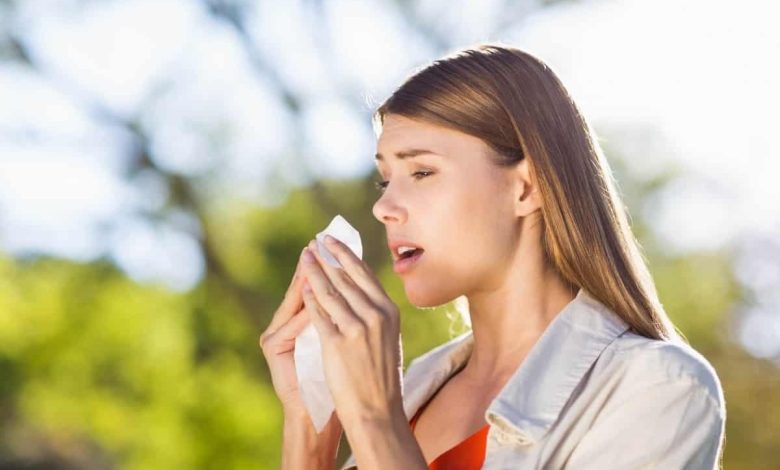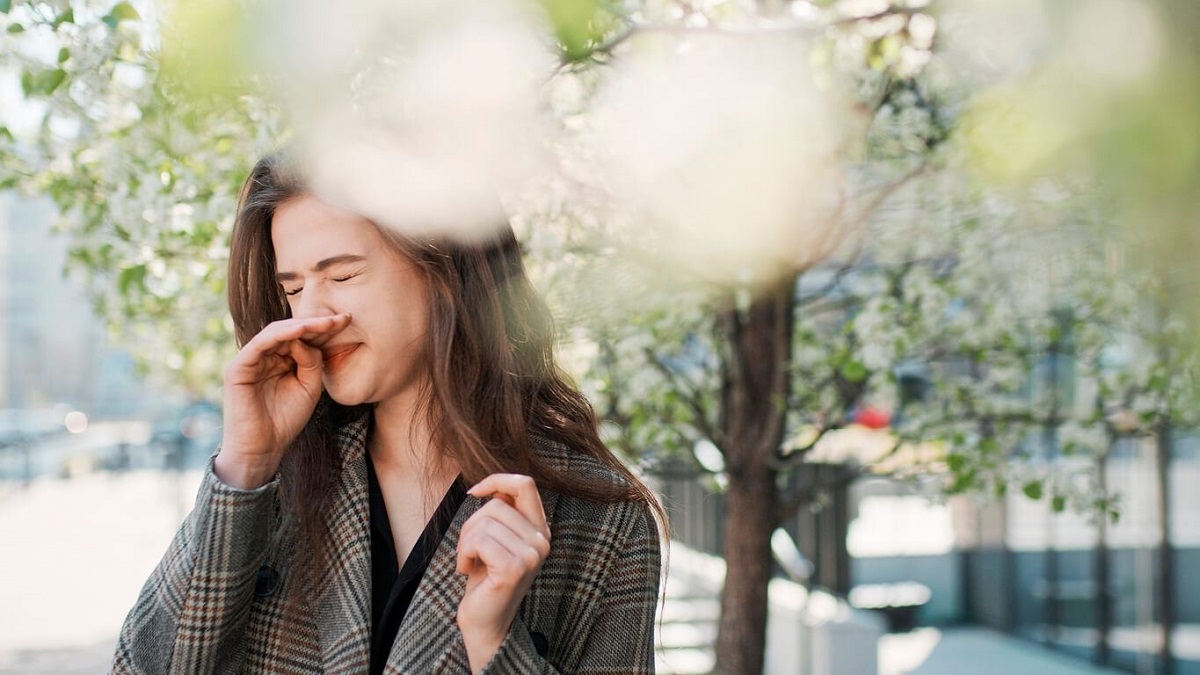Control Seasonal Allergies: Simple Recommendations From Experts To Control Seasonal Allergies

Control Seasonal Allergies: The first written description of seasonal respiratory symptoms was written by Zakaria Razi, an Iranian scholar, around 900 AD.
The blooming of flowers and plants signals the beginning of spring, but for millions of people it heralds the beginning of a period of discomfort and agony, the season of allergies and asthma, itchy and watery eyes, sneezing and runny noses in response to overexposure to pollen from flowers and plants.
Control Seasonal Allergies, Every spring, trees and plants release billions of pollen grains floating in the air and send them to different areas with the help of the wind to reproduce. All of this is in the service of survival, as plants that release more pollen have a better chance of survival.
Control Seasonal Allergies, Cara Wada, an immunologist specializing in allergies from Ohio University, has recommendations in the conversation about ways to deal with allergies, but first, she points out the history of this human problem today. According to his writing, pollen fossils have been found since before dinosaurs and at the same time as Neanderthals, and the symptoms and treatments of sinus problems and asthma have been recorded throughout history and around the world.
For example, five thousand years ago, the Chinese used the “desert horsetail” plant to relieve nasal congestion and reduce mucus production caused by “vegetable fever” that occurred in autumn. In Egypt, the Ebers Papyrus, written around 1650 BC, recommended more than 20 remedies for coughs or breathing problems; Including honey and dates.
Control Seasonal Allergies, Besides the herbal fever described in China, the first written description of seasonal respiratory symptoms is by Zakaria Razi, an Iranian scholar, around 900 AD. He called congestion and runny nose during the growing season of roses “rose fever”.
Because scientific progress in the Middle Ages was largely halted by the plague, the next account of seasonal allergies was published by Dr. John Bostock 900 years later, in 1819, but did not mention the causes.
Having suffered from allergic inflammation of the nasal mucosa since childhood, he continued to study and research about this condition, even though the medical community did not show positive attention to his research at first. In the nine years between the publication of the results of his first and second studies, Bostock was only able to find 28 other cases with seasonal allergy symptoms similar to his own, suggesting a lower prevalence of allergies at that time.
Control Seasonal Allergies, Social changes caused by the industrial revolution, including increasing air pollution, spending less time outdoors, increasing the amount of pollens, and improving hygiene probably helped to increase the prevalence of allergies, and reducing contact with bacteria and certain infections led to an increase in allergic and autoimmune diseases.
Because seasonal allergies were then thought to be caused by the smell of fresh hay, the term “hay fever” was coined to describe it, but Bostock, based on his personal experience, did not consider the smell of grass to be the main cause and concluded that the symptoms His chronic and frequent is due to summer heat and weather changes. Because her symptoms improved when she spent the summer at the beach.
Control Seasonal Allergies, It was Dr. Charles Blackley who identified pollen as the main cause of allergy symptoms with the help of systematic studies and experiments. He collected, identified, and defined the pollen of plants, and then tested their sensitizing properties by placing them in his eyes or on his scratched skin to see which ones caused redness and itching.
In the early 1900s, inspired by discoveries related to vaccination, Dr. Leonard Nunn and John Freeman invented “allergy immunotherapy,” or injecting doses of plant pollen extracts into allergy patients.
Control Seasonal Allergies, Antihistamines first came on the market in the 1940s, but they were very drowsy. Formulations with fewer side effects were produced from the 1980s onwards.
Control Seasonal Allergies
Ways To Deal With Allergies

Control Seasonal Allergies, Although the existence of sensitivity and allergy and allergic asthma was known in ancient civilizations, their prevalence has increased sharply in the last century and currently 10 to 30% of the world’s population is facing this problem. Especially, with climate changes and the increase in the earth’s temperature, as well as the increase in the level of carbon dioxide, the pollination season of plants has become longer, and experts warn that it will increase even more in the coming years.
According to experts, in order to control allergies, it is necessary to identify allergens and deal with them in a preventive way by minimizing exposure to them. For example, you can reduce exposure to pollen by keeping windows closed, showering, and changing clothes.
Control Seasonal Allergies, Another solution is to start taking the medicine before the symptoms become uncontrollable and acute. Antihistamines, which have long-term effectiveness and less drowsiness, are suitable for itching and sneezing. It is also recommended to use anti-allergic (corticosteroid) nasal sprays to relieve nasal congestion.
Visiting an allergist will also help you find out what you are allergic to.
Also Read:
The 8 Kind Of Food For Asthma; From Apple To Green Tea
Health Benefits Of Mango: The 10 Best Benefits Of Mango For Health
Spring Allergies Home Remedies: The 6 Best Home Remedies For Seasonal And Spring Allergies
Sinus Pain Home Remedies: The 9 Best Home Remedies To Relieve Sinus Pain




